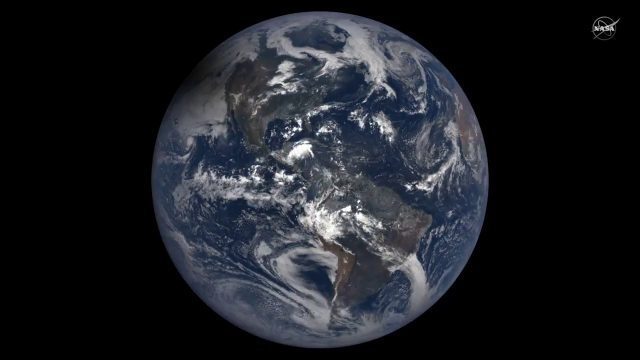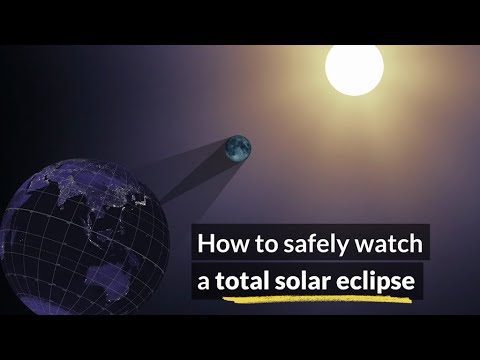Monthly Archives: August 2017
NASA Looks to Solar Eclipse to Help Understand Earth’s Energy System
0 Views0 Comments0 Likes
During the August 21, 2017 total solar eclipse, scientists will use the Earth Polychromatic Imaging Camera (EPIC) on the Deep Space Climate Observatory satellite (DSCOVR), along with measurements taken from within the moon's shadow on the ground, to test a new model of Earth's energy budget.
2017 Solar Eclipse Shadow Seen from Million Miles Away
0 Views0 Comments0 Likes
The moon's shadow (umbra) crossed the continental United States on Aug. 21, 2017 and NASA's DSCOVR satellite's Earth Polychromatic Imaging Camera (EPIC) captured imagery.
Satellite Animation Shows Harvey Moving into Gulf
0 Views0 Comments0 Likes
This animation of NOAA's GOES East satellite imagery from 9:15 a.m. CDT, Aug. 26, 2017, to 9:30 a.m. CDT, Aug. 28, 2017, shows Hurricane Harvey transitioning to a tropical storm at 1 p.m. CDT on Aug. 26, 2017, and slowly emerging in the Gulf of Mexico on Aug. 28.
Inside the International Space Station with Google Street View
0 Views0 Comments0 Likes
The International Space Station is a marvel of modern science and engineering. Astronauts have occupied the pressurized modules for over 16 years, and now you can explore their work and living spaces in Google Street View. From the research, to the "orbital outhouse" to the inspirational views back down to Earth from the cupola, take a look at the images here: google.com/streetview
How to Safely Watch a Solar Eclipse
0 Views0 Comments0 Likes
It is never safe to look directly at the sun's rays - even if the sun is partly obscured. When watching a partial eclipse you must wear eclipse glasses at all times if you want to face the sun, or use an alternate indirect method. This also applies during a total eclipse up until the time when the sun is completely and totally blocked.










